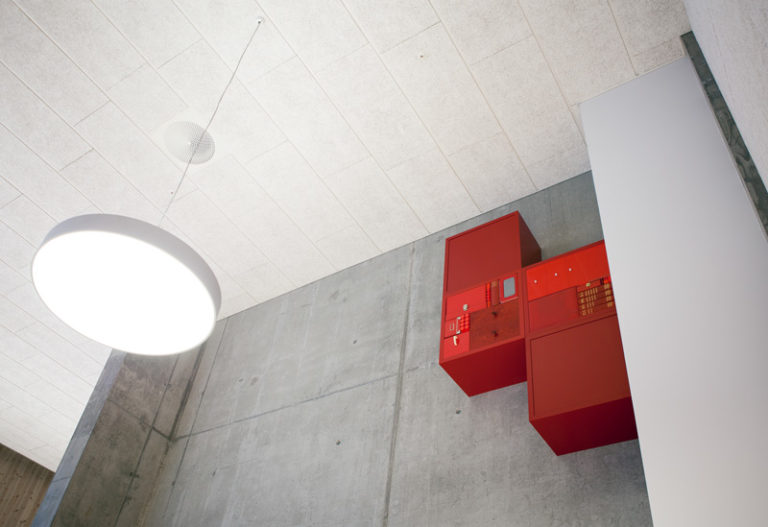

It’s not the only game or activity that can do this, though. This is the remarkable staying power of Tetris. I wish I could remember, but they are like blocks.” “I see images that are turned on their side,” one of the amnesia sufferers told a researcher.
#Tetris syndrome how to
When they expanded the study to include people suffering from anterograde amnesia, meaning they couldn’t form new memories – think Memento, the Christopher Nolan movie – something remarkable happened.Īfter seven hours of Tetris, spread across three days, the amnesiacs also reported seeing tetrominoes in their dreams – even though they had absolutely no memory of actually playing the game itself, or of the researcher who taught them how to play it. If you haven’t experienced it for yourself, this might sound fantastical – but again, there’s plenty of scientific evidence to back it up.Ī 2000 study at Harvard Medical School found that over 60% of players reported Tetris invading their dreams. Players often report seeing tetrominoes in their dreams, being able to play the game in their head during quiet moments, or sorting real-world objects into those four-tile patterns. It’s when you step away from Tetris, however – just put down the controller and get on with your day-to-day life, or retire to bed – that things start to get really interesting.

Tetris Effect layers shapes on top of shapes, to beautiful effect. After a three-month period, the girls who had been playing Tetris on a regular basis showed significantly thicker cortexes than those who hadn’t spent the time lining up those seven blocks over and over again. In 2009, Haier was part of another experiment, based on MRI scans of teenage girls’ brains.

It can even affect the shape of your grey matter. Tetris had made their brains more efficient. In 1992, neuroscientist Richard Haier led studies that showed how practiced players required less mental activity – a lower glucose metabolic rate, to be precise – to play the game at harder, faster levels. This is how the best players experience Tetris all the time, it seems. It’s the concept of being ‘in the zone’, of hitting that flow state, neatly literalized into a mechanic within the game. Squeeze a trigger and everything slows down, the music and particle effects fading away so you can concentrate on putting everything in its right place. One of the ways that Tetris Effect does this is its Zone meter, which gradually fills up as you play. “We wanted to lower the barrier to entry so that anybody playing it, even if they’re not that good at Tetris, they could have that feeling.” “It’s a cool, magical feeling but normally you’d need to be really good at the game, or you’d have to play the game for a really long time to experience that,” says MacDonald. Zone mode can bring a moment of calm when things get start to get hectic. His prime example in the latter category is, coincidentally enough, Masaru Ibuka – who, by founding Sony in 1946, laid the foundations that would eventually result in Tetris Effect’s home platform, the PlayStation 4. As examples, Csíkszentmihályi points to everyone from poets to figure skaters, monks to CEOs.

You know that what you need to do is possible to do, even though difficult, and sense of time disappears, you forget yourself, you feel part of something larger.”įlow comes from nearly maxing out your brain, finding a perfect balance of challenge and skill level. “There's this focus that, once it becomes intense, leads to a sense of ecstasy, a sense of clarity: you know exactly what you want to do from one moment to the other you get immediate feedback. As Mihály Csíkszentmihályi, the psychologist who first gave flow its name, explained it in a 2004 TED Talk: This is known as a ‘flow state’, and it’s the first of many fascinating things that playing Tetris does to our brains. Clear your mind, and you’ll have a whale of a time with Tetris Effect.


 0 kommentar(er)
0 kommentar(er)
